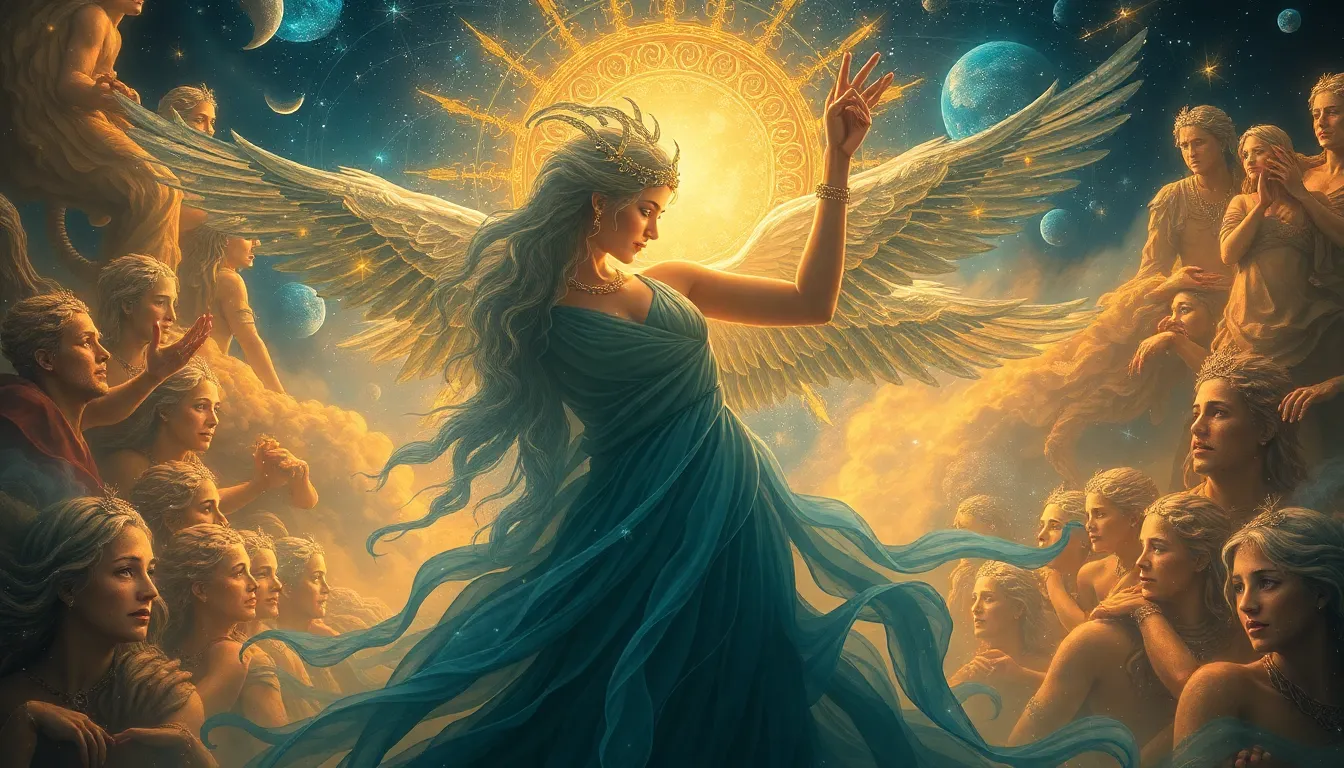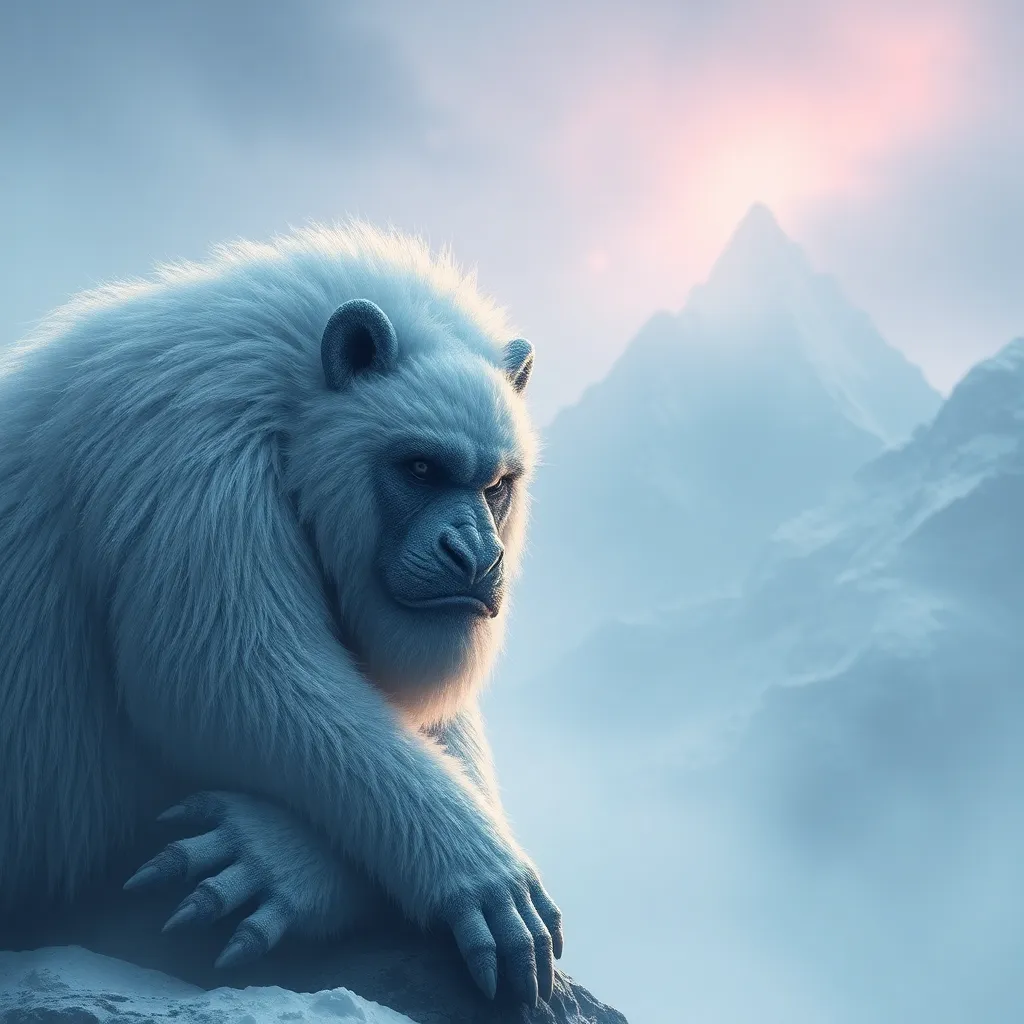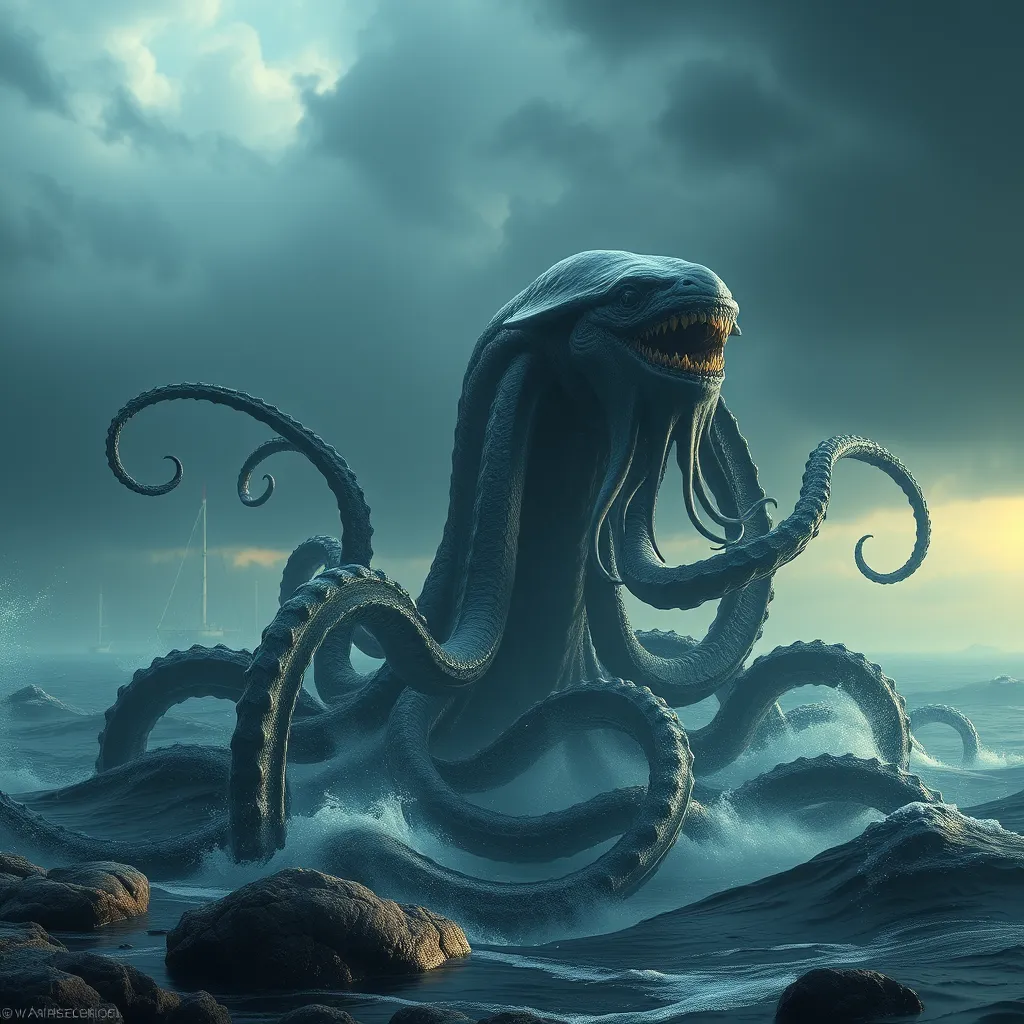The Celestial Muse: The Inspiration of Mythological Beings in Art and Literature
I. Introduction
Mythological beings have played a crucial role in shaping cultures and societies around the world. These figures, often seen as gods, heroes, or supernatural entities, carry significant meaning and symbolize fundamental human experiences, emotions, and values. Their narratives have been passed down through generations, becoming a rich tapestry of stories that inspire art and literature.
The influence of myth on creative expression is profound. Artists and writers draw from these ancient tales to express complex ideas, explore the human condition, and evoke emotions. Mythological figures serve as muses, guiding the creative process and providing a wellspring of inspiration. This article aims to explore how these beings continue to inspire and influence contemporary art and literature, highlighting their enduring legacy.
II. The Origins of Mythological Beings
The origins of mythological beings can be traced back to ancient civilizations, where stories were used to explain natural phenomena, human behavior, and the mysteries of life. Different cultures have developed their unique mythologies, each with its pantheon of gods and mythical creatures.
- Historical Context: Myths were often rooted in the realities of the cultures that created them, reflecting their values, fears, and aspirations.
- Key Figures: Prominent figures such as Zeus in Greek mythology or Odin in Norse mythology played essential roles in their respective narratives, often embodying traits admired by their cultures.
- Transition from Oral Traditions to Written Records: As societies evolved, many myths transitioned from oral storytelling to written texts, allowing for preservation and dissemination of these stories.
III. Mythological Beings as Archetypes
Mythological beings often serve as archetypes, representing universal patterns of human behavior and experience. These common archetypes include gods, heroes, and monsters, each carrying specific meanings and implications.
- Common Archetypes:
- Gods: Representing higher powers, often embodying specific aspects of life such as love, war, and wisdom.
- Heroes: Figures who embark on quests and face challenges, symbolizing courage and perseverance.
- Monsters: Often representing the fears and challenges that must be overcome in life.
- Psychological Impact: These archetypes resonate deeply with artists and writers, often serving as a means of exploring their inner conflicts and societal issues.
- Examples: Classical works, such as Greek tragedies, and contemporary novels, like Neil Gaiman’s works, utilize these archetypes to explore timeless themes.
IV. The Influence of Greek and Roman Mythology
Greek and Roman mythology has had a profound impact on Western art and literature. The narratives of gods and heroes have inspired countless works across centuries.
- Prominent Figures: Figures like Zeus, Athena, and Hercules have become iconic, representing various human traits and ideals.
- Representation in Ancient Art: Ancient sculptures, pottery, and frescoes vividly depict mythological scenes, showcasing the importance of these figures in daily life.
- Lasting Legacy: The reinterpretation of these myths continues in modern literature and film, creating new narratives that resonate with contemporary audiences.
V. Other Cultural Mythologies in Art and Literature
Beyond Greek and Roman mythology, many cultures have rich mythological traditions that inspire artistic expression.
- Non-Western Mythologies:
- Norse Mythology: With figures like Thor and Loki, Norse myths explore themes of fate, heroism, and the cosmos.
- Hindu Mythology: Deities such as Vishnu and Shiva embody complex philosophical ideas and are central to numerous artistic expressions.
- African Mythologies: Rich in oral traditions, African myths often convey moral lessons and cultural values through storytelling.
- Unique Themes: Each culture’s mythology presents unique themes and figures that inspire creativity, reflecting their worldview and values.
- Comparative Analysis: While different cultures depict their mythic muses in varied ways, common human experiences often unify these narratives.
VI. Case Studies: Celebrated Works Inspired by Mythology
Many celebrated works of art and literature draw directly from mythological inspiration, showcasing the timeless relevance of these ancient stories.
- Artistic Masterpieces: Botticelli’s “The Birth of Venus” exemplifies the influence of classical mythology on Renaissance art, depicting beauty and divine love.
- Literary Works:
- Homer’s “The Iliad”: This epic poem explores themes of heroism, honor, and the wrath of the gods, encapsulating the human experience in the context of war.
- Madeline Miller’s “Circe”: A modern retelling of the mythological figure Circe, this novel reflects contemporary themes of feminism and empowerment.
- Artists’ Intentions: Both artists and authors often reinterpret myths to comment on their own societal issues, using ancient narratives to reflect modern realities.
VII. The Evolution of Mythological Inspiration in Modern Art and Literature
The interpretation of mythological themes has evolved significantly in contemporary art and literature, adapting to new contexts and technologies.
- Contemporary Interpretations: Modern artists and writers often subvert traditional narratives, offering fresh perspectives on age-old tales.
- Role of Technology: New media, such as digital art and graphic novels, provide innovative ways to explore and reinterpret myths, reaching broader audiences.
- Resurgence of Interest: Popular culture has seen a revival of mythological themes, evident in films, television series, and graphic novels that engage with these ancient stories.
VIII. Conclusion
The enduring power of mythological beings as muses reflects their profound impact on human creativity. As symbols of universal themes and experiences, they continue to inspire artists and writers, bridging the gap between ancient narratives and contemporary expressions. The relationship between mythology, art, and literature is an ongoing dialogue, rich with potential for exploration and celebration. As we delve into these mythic worlds, we uncover the creative potential that lies within, inviting us to reimagine and reinterpret the stories that have shaped our cultural heritage.




